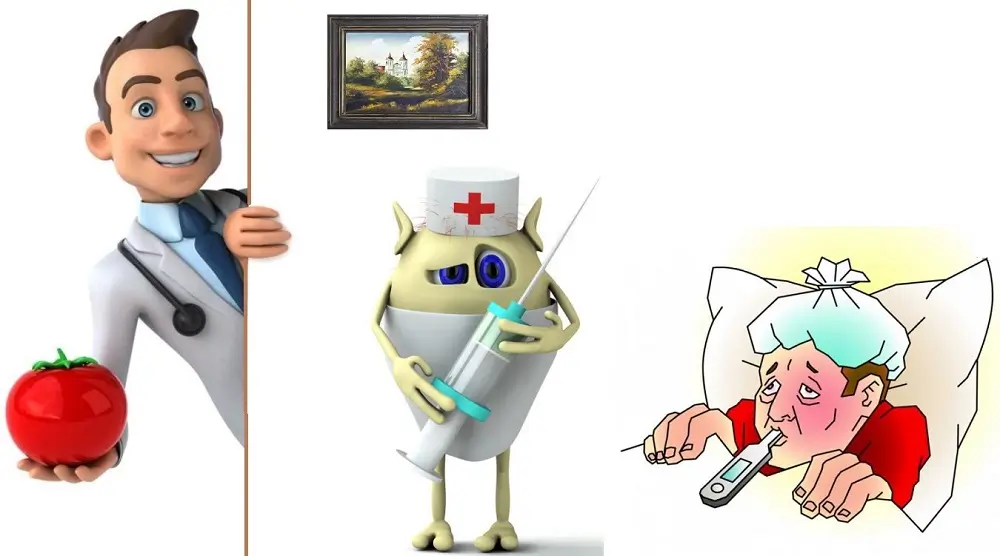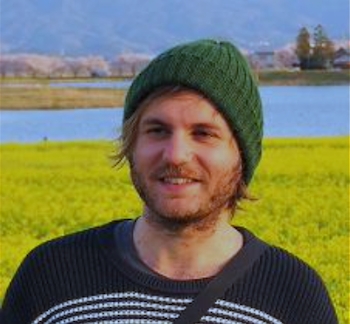Visiting a Doctor in Japan When Sick or Injured

Getting ill is an unavoidable part of life – and for expats in Japan under stress and exposed to new environments, that’s doubly true!
If you feel sick in Japan, language barriers exacerbated by a lack of resources and assistance can make seeing a doctor a hair-pulling nightmare. That’s why we’ve created this simple guide to help you visit a clinic or hospital in Japan, including the common questions you should expect and how to answer them.
Make Sure You Have Health Insurance!
If you’re a resident of Japan staying for longer than three months, you’ll no longer qualify for travel insurance. Instead, you’ll need to have National Health Insurance (健康保険 kenko hoken).
Arranging for your National Health Insurance is your employer’s responsibility in Japan. However, you should always double-check this in advance and ensure you get a hokensho (保険証) health insurance card. If it is not, you’ll need to register at your local city office.
Once registration is complete, you’ll receive a health insurance card, which you should keep in a safe place or your wallet/purse.
Your monthly paycheck will have a deduction of the amount for your health insurance’s employee contribution component. In certain cases, you may receive a bill in the mail to pay at a bank/city hall, etc.
The coverage of health insurance in Japan will ensure that the Japanese government will pay 70% of your medical bills, leaving you or your private health insurance with just 30%.
If it’s an Emergency – Dial 119
If you’re feeling incredibly unwell (think, can I get to the doctor myself?), you should call an ambulance.
Even for trivial illnesses or injuries, Japanese people tend to call ambulances a lot more than in most countries, so don’t feel guilty about it. Ambulance services in Japan are completely free, so you don’t need insurance to use them! To call an ambulance, dial 119 and say:
kyu-kyu desu (救急です): There is an emergency
Kyukyu-sha Onegaishimasu (救急車 おねがいします): Please send an ambulance
Together with the above, you need to tell them about your address or current location to the best of your ability.
The operator will then ask you further questions. However, if you can’t speak Japanese, say “nihongo wakarimasen” (日本語分かりません), meaning that you do not understand Japanese, and ask for a “kyukyusha” again. If you can, try to grab some ID and your health insurance card and get dressed for a hospital stay. You may also like to check this guide for calling an ambulance in Japan to understand what questions you may expect.
Finding an English-speaking Doctor in Japan
If your Japanese is not up to the mark, it is best to find an English-speaking doctor to ensure smooth communication and an accurate diagnosis.
For major cities like Tokyo, Osaka, and Kyoto, many results will appear complete with English websites.
However, hospitals and clinics in smaller towns or isolated regions may only have Japanese websites. In that case, you’ll likely struggle with this, making it necessary to either bring along a Japanese speaker or find a way to translate your concerns and write them down.
If you have expat friends, definitely ask them for advice. Otherwise, try searching through online expat communities like https://www.reddit.com/r/japanlife/. If you are in Tokyo, you can also check out our guide about English-speaking hospitals and clinics in Tokyo.
Make the time to research this information in advance to have it all handy before push comes to shove.
Going to the Doctor in Japan
If you feel you can visit a doctor yourself, get online and find a suitable clinic or hospital near you without an ambulance. A quiet, local clinic might be better if you don’t feel sick but want an issue looked at. However, if you feel ill or get injured, head to a hospital, even if it’s not life-threatening.
Once you’ve located a clinic or hospital you wish to visit, either call to make a booking, use their online booking system (if they have one), or head straight there without a booking. If you don’t book, you’ll likely have to wait, depending on how busy the facility is.
Once you arrive, head to the reception and say:
“Shinsatsu wo uketai desu” (診察を受けたいです), meaning I want to be seen by a doctor
You’ll then be asked:
“Hajimete desuka?” (初めてですか?, meaning Is this your first time here?
They may also ask whether or not you have a fever:
“Netsu wa arimasuka?” (熱はありますか”) = Do you have a fever?
After responding yes to being a first-timer, you’ll receive a form to complete, including your name, address, medical history, etc. It may be possible to fill this out in English, so don’t hesitate to ask.
They will also ask for your health insurance card, so remember to carry it! After this visit, you’ll be registered in their system and receive a hospital ID card for a speedier second visit.
In the Doctor’s Room
They will guide you to the doctor’s room once they call your name or number and you approach the reception. The doctor will ask you what the purpose of your visit is, to which you’ll describe your symptoms or show them any translated notes. Here are some common words to describe various symptoms:
- Headache: Atama ga itai (頭が痛い)
- Stomachache: Onaka ga itai (お腹が痛い)
- Fever: Netsu (熱)
- Chills: Samuke (寒気)
- Sore Throat: Nodo ga itai (喉が痛い)
- Sore Chest: Mune ga itai (胸が痛い)
- Sore (point to body part): Koko ga itai (ここが痛い)
- Nauseous: Hakike (吐き気)
- Diarrhea: Geri (下痢)
- Dizziness: Memai (めまい)
- Trouble Breathing: Iki ga kurushii (息が苦しい)
- Injury: Kega (けが)
- Can’t sleep: Nemurenai (眠れない)
- Lethargic: Karada ga darui (体がだるい)
- Itchy: Kayui (かゆい)
- Food poisoning: Shoku chudoku (食中毒)
- Passed out: Kizetsu shita (気絶した)
- Fell over: Taoreta (倒れた)
- Traffic accident: Kotsu jiko (交通事故)
After Your Examination Has Finished
Once the checkup is over, they’ll provide you with their diagnosis and further instructions before sending you back into the waiting room to wait for the prescription or follow-up appointment.
In Japan, prescriptions can be quickly filled out on-site or at a nearby pharmacy, making it super convenient and stress-free.
You’ll then need to pay your share of the appointment (30% of the total cost). For simple medicine and a basic examination, it shouldn’t run over 4,000 yen. The hospital may also charge you an extra fee if you don’t have a doctor’s referral, which can run between 2,000 and 5,000 yen.
In Conclusion
We hope this guide has put your mind at ease and given you the confidence to visit a doctor in Japan without hesitation!
While tempting to brush illness off, one’s health is undoubtedly the most precious thing we own, so using language and cultural barriers as an excuse for not visiting a doctor will only compound the problems.
While you may feel overwhelmed at first (we’ve all been there), Japanese healthcare is one of the best and most affordable in the world, so take advantage of what you already pay and go and see a doctor! Please remember that once you are in a hospital, even if you do not speak Japanese, the hospital will find a way to help you out.

Born in Melbourne, Australia, Steven came to Japan as an English teacher and currently works as a writer in Niigata City. Bilingual with fluent Japanese language, Steven loves relishing local sake, reading anime, and traveling.
